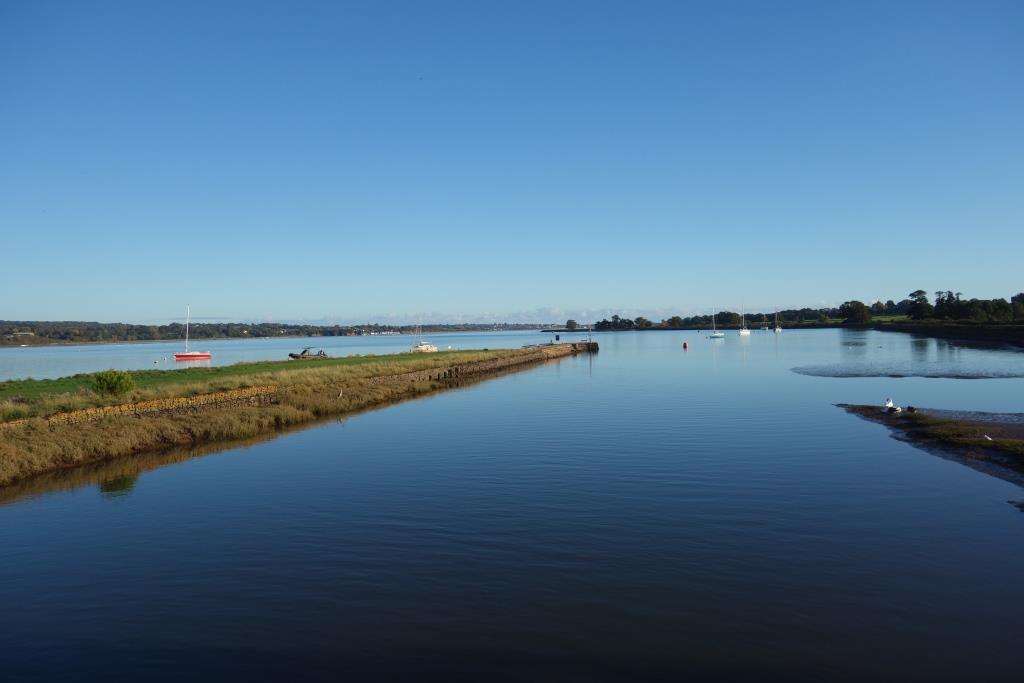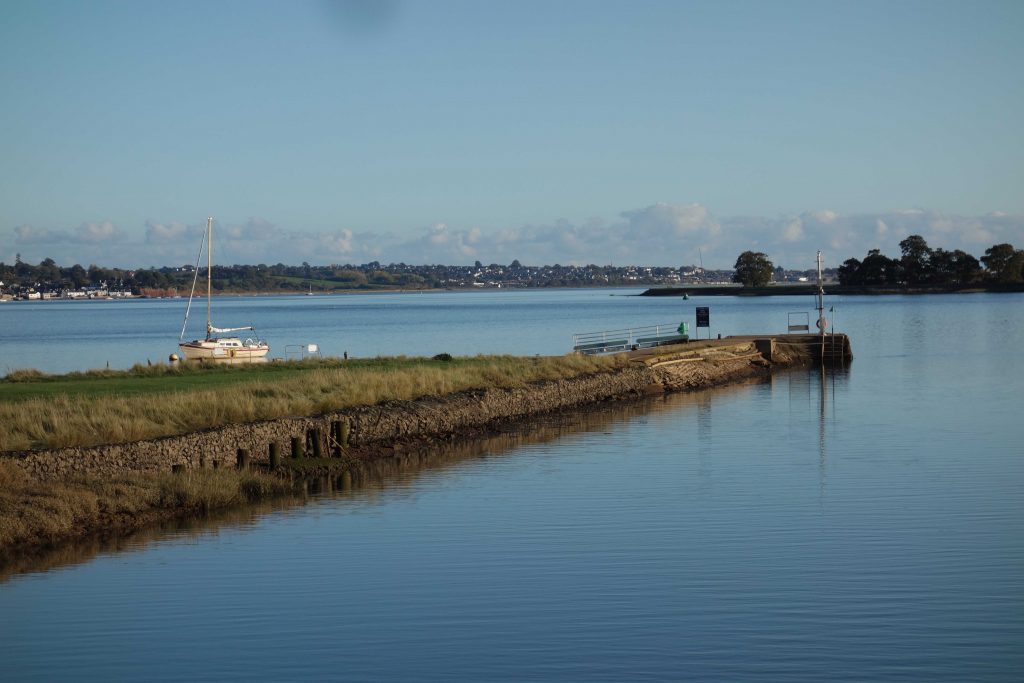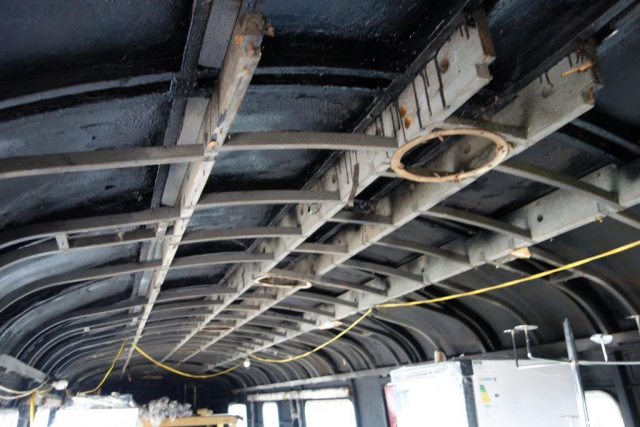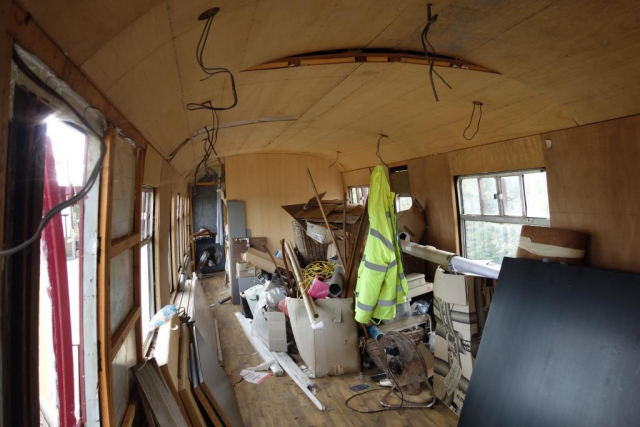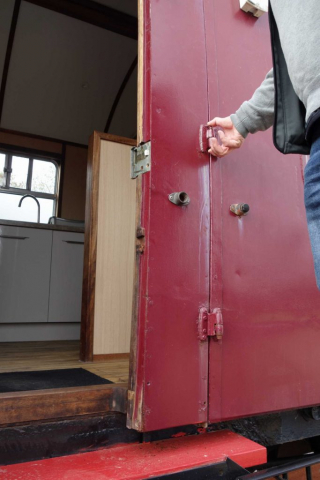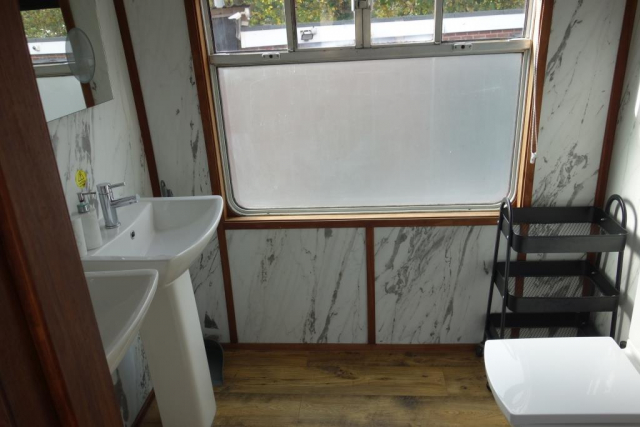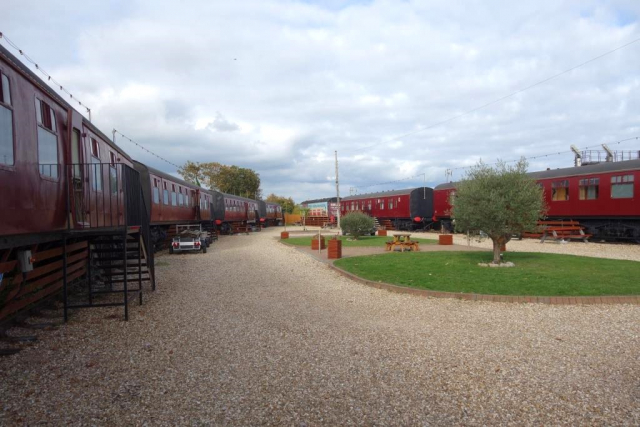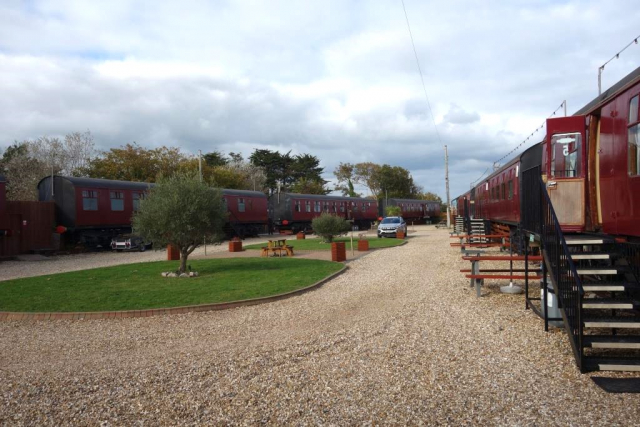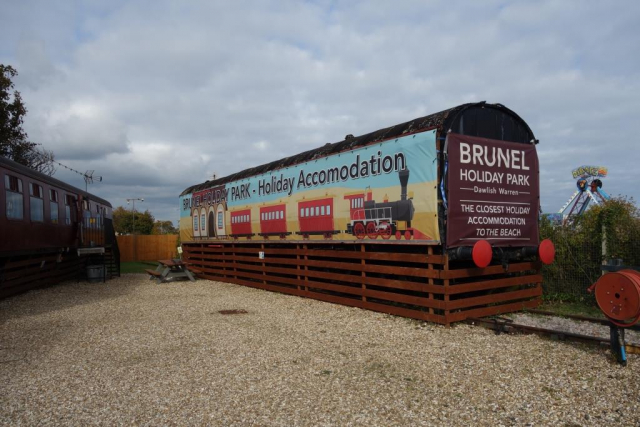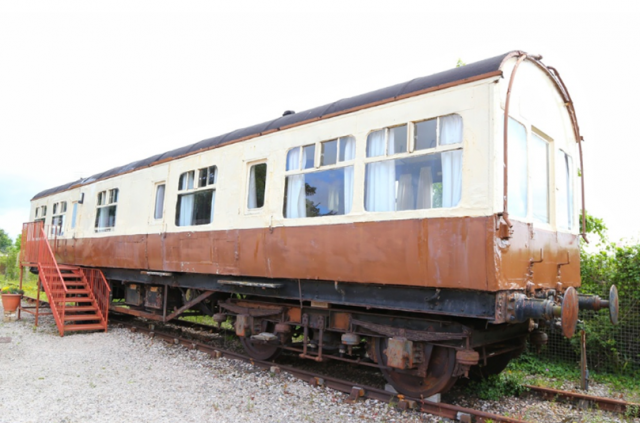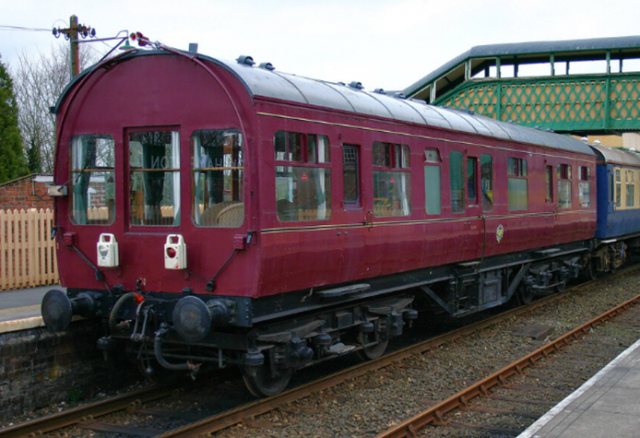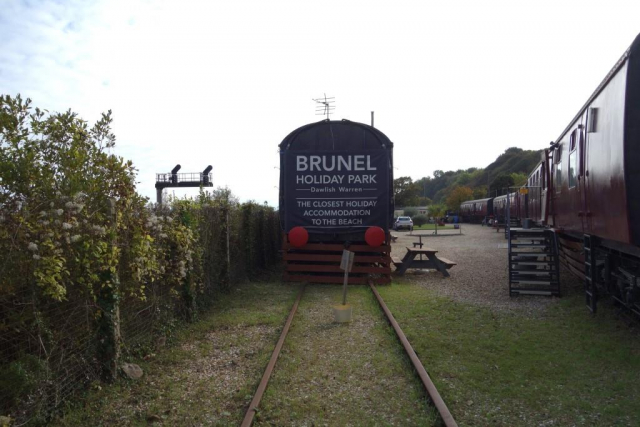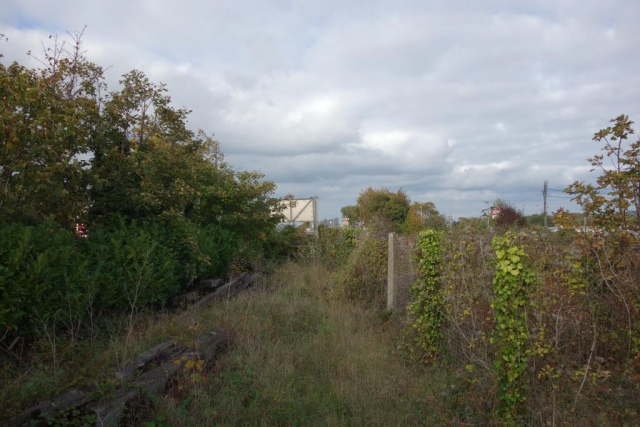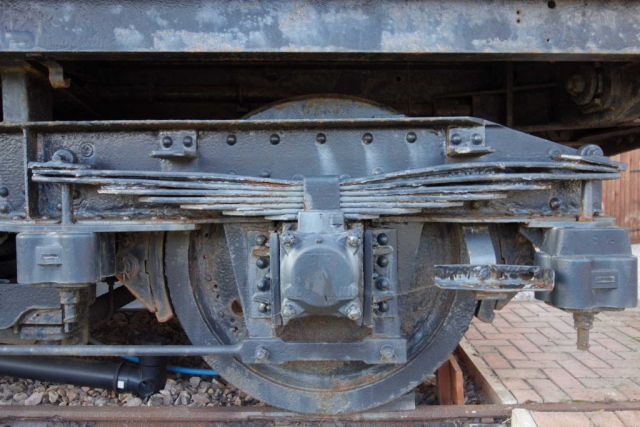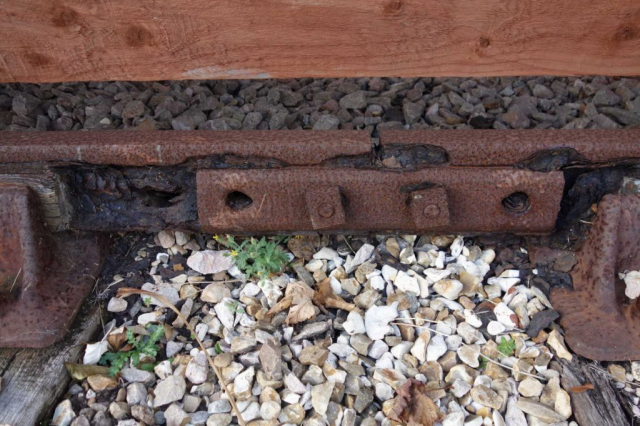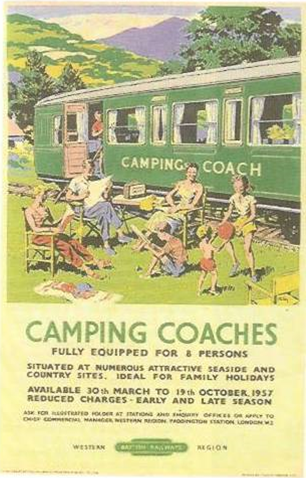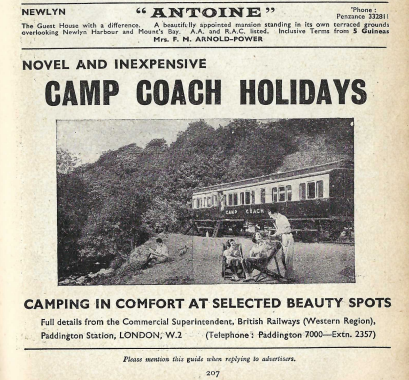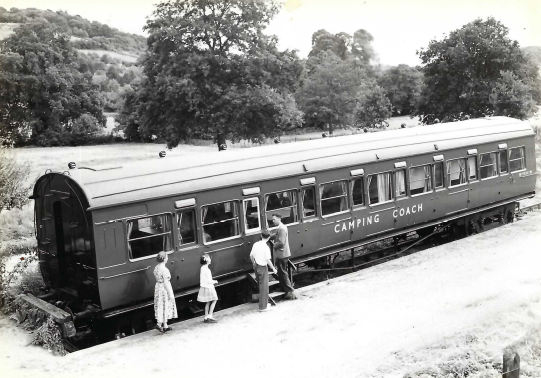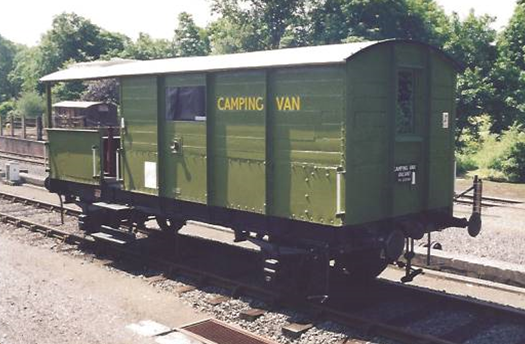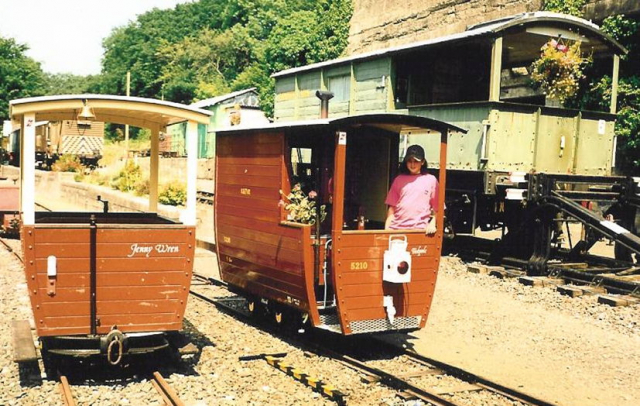After a change of plan caused by the utilicon’s battery being flat, the scout rode from Marsh Barton to The Warren, thinking for a change that he would have a bite of lunch in The Boathouse Bar & Grill.
A quick look at the menu was enough to set him in the direction of the new cafe at Langstone Rock—now commonly called Red Rock—Buddy’s. It wouldn’t normally have been open on a Thursday and so there was nothing savoury on offer; the seating area was anyway closed while it awaited repair.
So the scout sought out Chris, joint owner of Brunel Holiday Park, holding court at a table in his shop, The Copper Mine, by the station approach. He welcomed the scout warmly and Josh, the site warden, served him a coffee, which was soon joined by a hot pasty Chris got from the place opposite. He is very much Mister Big in Dawlish Warren.
Chris and his crew had turned up at Christow after buying the holiday park from the G.W.R. Staff Association in 2016. It was sold for £261,000, far exceeding the guide price, thanks to Teignbridge District Council wanting the site as an extension of the car park. Chris was considering three options: repair the coaches; clear half of them and introduce holiday chalets; and fill the the site with new accommodation.
The scout was working on the railway’s FERRYVAN at the time and was able to show the new owners how the bodies of B.R. Mark Is were built and, importantly, how they could be repaired. The scout likes to think that this is what persuaded Chris and his business partner to keep all the coaches and embark on a refurbishment costing well over £1-million.
After lunch, during which the scout learnt much about the Dawlish Warren holiday trade, Chris took him to see the coaches and the park’s facilities.
For reasons that will not be explained here, Bettesworths have been instructed to sell the park and the asking price has been drastically reduced.
Warren Halt was opened next to the 1873 footbridge in 1905. It was renamed Warren Platform and then Dawlish Warren, before a new station with platform loop lines was opened in 1912.
The goods yard was also opened in 1912, on ground made up with material produced by the reshaping of Langstone Cliff. Although very close to the neighbouring stations, the others were without cattle pens.
A Camping Coach was berthed on the inner siding from 1935 until the facility was withdrawn at the end of the 1939 season. A coach returned in 1952 and by 1957 there were three. In 1958, the sidings were re-laid into their present form and the following year nine coaches were berthed.
The yard did not officially close until 1963 but traffic had long since ceased. In 1964, the B.R. (W.R.) Staff Association took over the site and made the coaches available only to its members. In later years, the public were admitted and the coaches provided some of the cheapest holiday accommodation in the West Country.
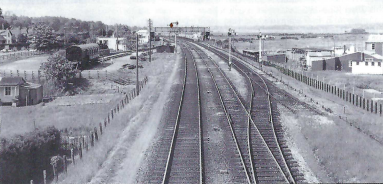
Mention must also be made of the humble accommodation once provided at Christow.
